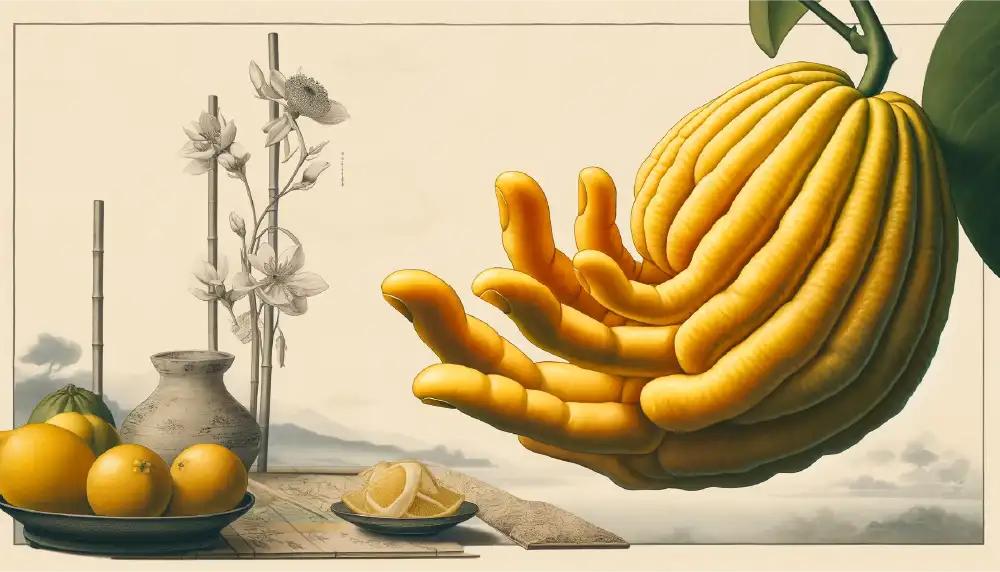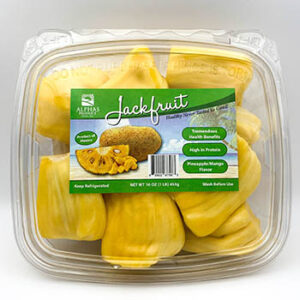Welcome to the fascinating world of Buddha’s Hand, a variety of citrus that intrigues and delights with its unusual form and aromatic presence. This fruit, also known as Citrus medica var. sarcodactylis, is as mystical in appearance as it is in history. Let’s delve into the captivating story, uses, and growing tips of this extraordinary citrus.
A Glimpse into History
Buddha’s Hand is believed to have originated from the lower Himalayas or northeastern India and has been cultivated in China and Japan for centuries. The fruit is named for its unique appearance, resembling the fingers of a hand in prayer, which is said to symbolize happiness, longevity, and good fortune in many Asian cultures. It has been a symbol of blessing across Asia, often used in religious ceremonies and as a decorative offering in homes.
Unveiling the Appearance
Unlike other citrus fruits, Buddha’s Hand is all rind and pith with little to no flesh or juice inside. It consists of long, finger-like segments that can vary from a few well-defined fingers to multiple segments, curving and entwining. The skin is bright yellow when mature, and the fruit emits a strong, pleasant citrus fragrance even without being cut open.
Culinary and Medicinal Uses
The lack of flesh and juice doesn’t deter its use in culinary worlds. The rind is rich in essential oils and offers a lemon-like flavor that is more intense and sweeter than its relatives. It’s perfect for zesting over dishes to add a citrusy aroma or infusing into liquors and vinegars. In Asian cuisine, it’s commonly used to flavor room and personal items, indicating its versatility beyond just edible uses.
In traditional medicine, particularly in China, the Buddha’s Hand is revered for its supposed medicinal properties, including easing abdominal pain and respiratory issues. The peel is often used in remedies, suggesting a link between the fruit’s physical and healing attributes.
Cultivation Tips
For those interested in growing Buddha’s Hand, it thrives in similar conditions to other citrus plants. A warm, sunny environment is essential, along with well-drained soil and regular watering. However, it is more frost-sensitive and requires protection during cold snaps. Patience is key, as the tree can take a few years to begin fruiting.
Ornamental and Aromatic Qualities
Beyond its culinary and medicinal applications, Buddha’s Hand is highly valued for its ornamental qualities. Its unique shape and delightful scent make it a popular choice for decorating living spaces, serving as a natural air freshener and conversation starter. The fruit can last for several weeks, gradually releasing its aroma.
Closing Thoughts
The Buddha’s Hand stands out in the citrus family for its striking form and multifaceted uses. From its aromatic qualities to its cultural significance, this fruit is more than just a food item; it’s a link to history and a testament to the diversity of nature. Whether you’re a gardener, chef, or simply a citrus enthusiast, exploring the qualities of Buddha’s Hand can be a rewarding endeavor.
If you ever have the chance to encounter this intriguing fruit, take a moment to appreciate its historical significance and the sensory experience it offers. From its visual appeal to its aromatic presence, Buddha’s Hand is truly a treasure of the citrus world.


